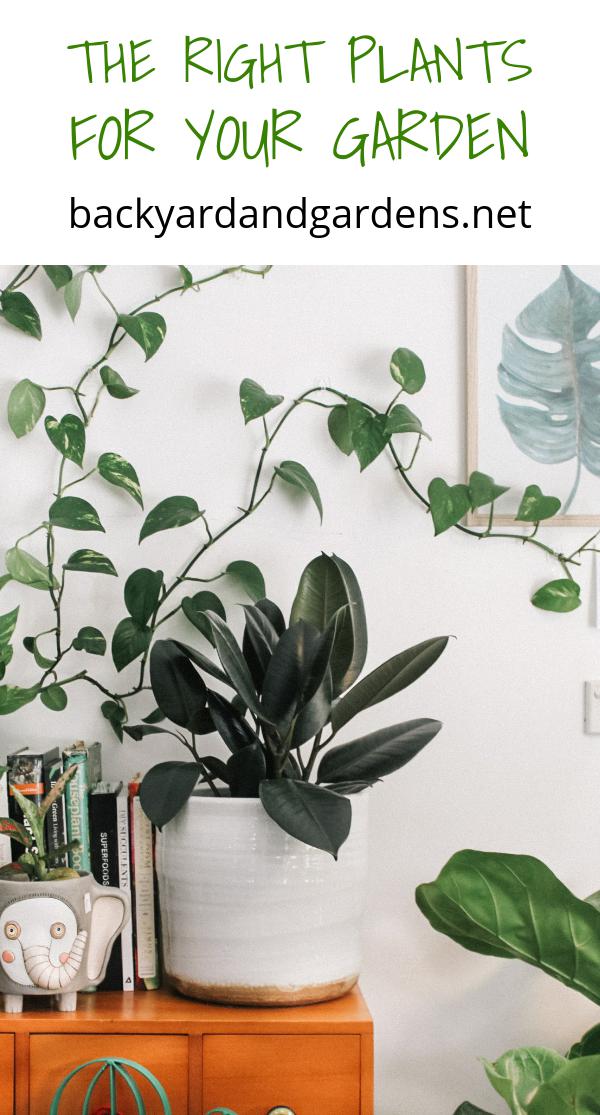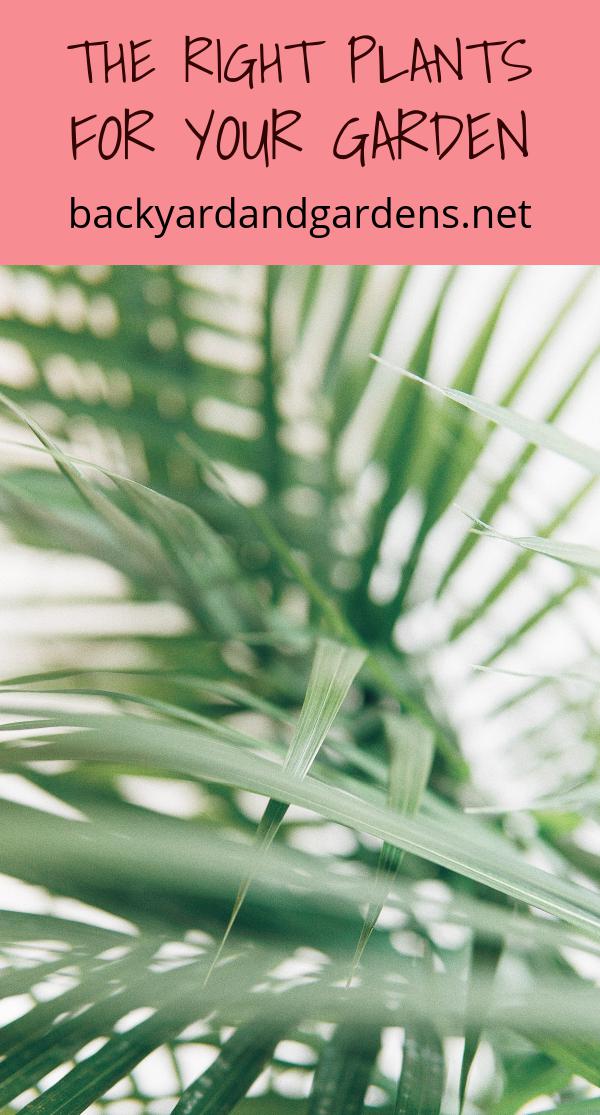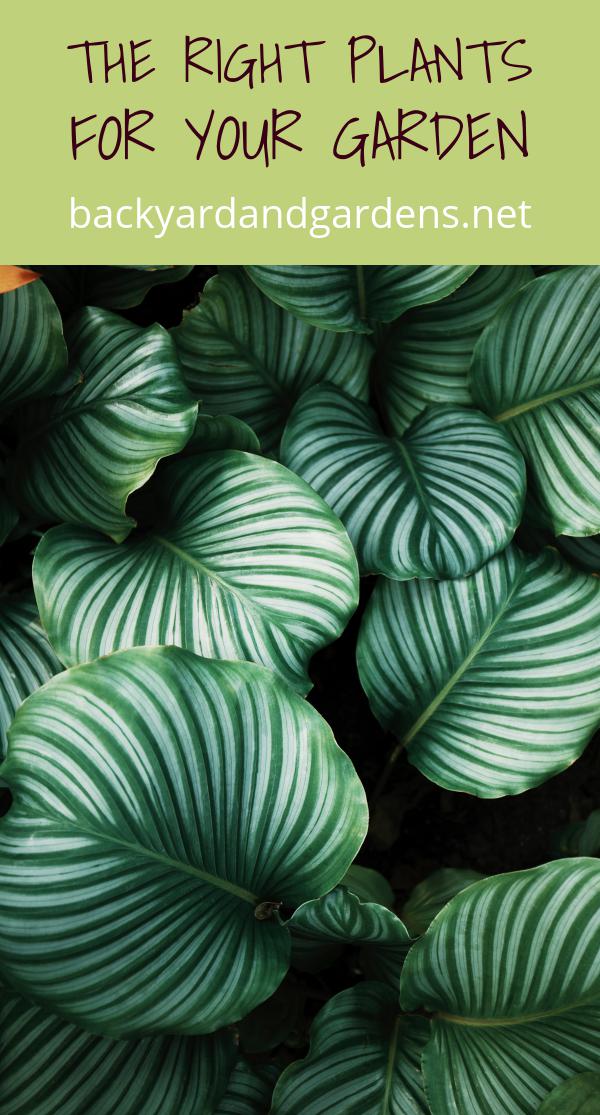The Right Plants for Your Garden
If you’re looking for a list of plants that will benefit your plants and the garden environment, you’ve come to the right place. It is imperative that you plant the right kinds of plants, including the ones that are native to your area. In particular native species often have a more consistent climate, soil, and other environmental elements that are specific to their local region.
Winter and cool weather are important in many plants’ lives. Some varieties, especially the young ones, cannot survive the harsh conditions of winter. Before planting a new garden, check the plant’s ability to thrive in cold weather. The list of trees, shrubs, perennials, ground covers, herbs, vegetables, fruits, and vegetables can be found in some of my books or can be found on the Internet at your local library.

You want to avoid planting an unsightly houseplant that can’t handle the conditions in your yard. Plant the right kind of trees, shrubs, perennials, and ground covers. These types of plants will help improve the appearance of your landscape.
The way that trees are planted in today’s culture may seem outdated. It’s far easier and less costly to buy trees rather than plant them yourself. When you’re planning your planting plan, follow the guidelines in planting guidebooks, or use an online plant identification guide. Other resources that may be helpful include plant nurseries, articles from plant books, and magazines.
Most trees and shrubs are planted in a low or medium-low garden, but there are still several exceptions, including the dwarf hardy perennial variety and the evergreen bushes. If you want to have more flexibility in what you plant, you might consider putting up a formal garden, like a border, as opposed to the typical small garden. This allows you to utilize the space you have and not limit the tree to one section of your yard.
Once you know what trees, shrubs, and perennials will suit your area, it’s time to start planting. Get a plot of land measuring at least 10 feet wide and at least six feet deep. As you get comfortable planting, you will learn how to plant and grow some of the plants you’ve chosen. Practice taking care of the plant in the wild and have it accustomed to your area.
First, identify which trees, shrubs, and perennials you wish to plant, and then choose one that is appropriate to your area. If you live in a cold climate, you should plant trees that are native to your area. Otherwise, plants that are native to colder climates will provide the same benefits as those grown in a warmer climate.
When planting, take serious consideration to a few things: how much time you will have to spend caring for the plant, if you will need some additional garden space, and what size of space is available. Many gardeners choose to plant their entire garden on their allotment. It is not necessary, but it certainly increases the amount of work you have to do and the time spent. Always, take this into consideration before you plant.
If you’re planning to have your garden go beyond the borders of your lot, you can still make the most of the area by planting smaller areas. An example of this would be around a wall. In this case, it would be appropriate to plant some shrubs, trees, and ground covers in a space between the wall and the ground.

For larger gardens, one of the main areas to plant will be around borders. Rooibos, grape hyacinths, tulips, hydrangeas, blue flowers, and chenopod landscaping are examples of plants that make great border plants. Also, these plants create a more interesting area if the ground around the plants gets disturbed, making them feel “bounce-able.”
Do not over-plant as this will lead to disease and will stunt the growth of the plants. You should let the plants grow naturally. The best thing about planting plants is that it gives your yard a better feel.
